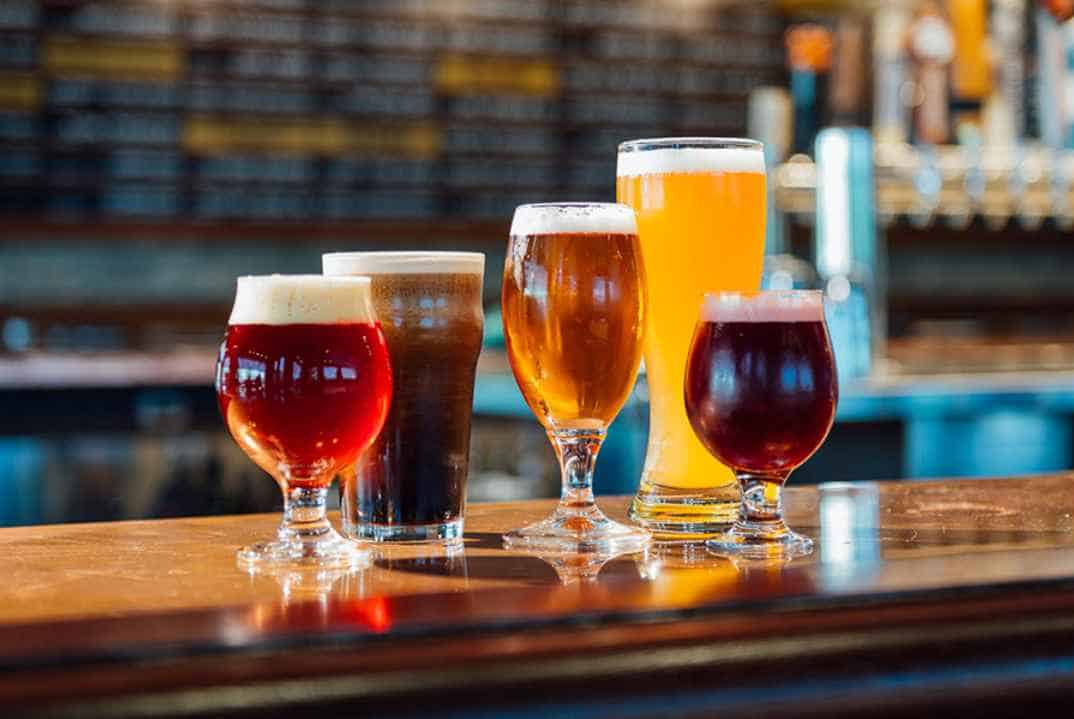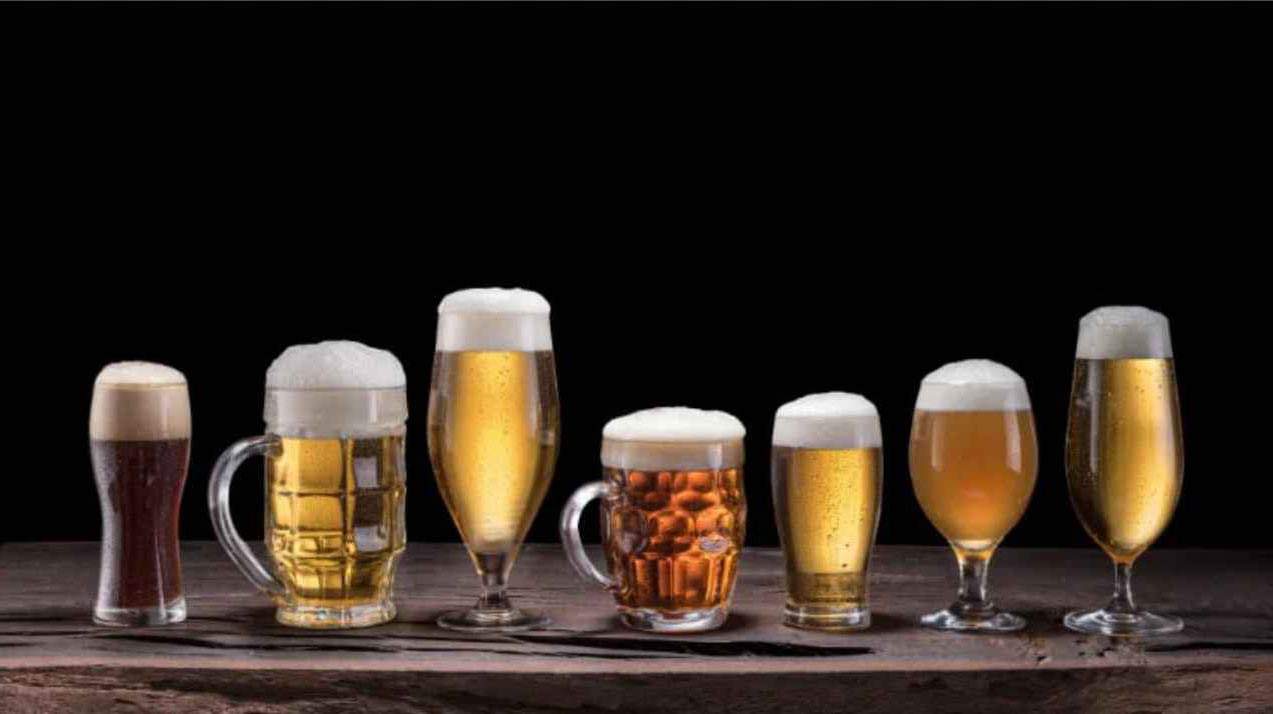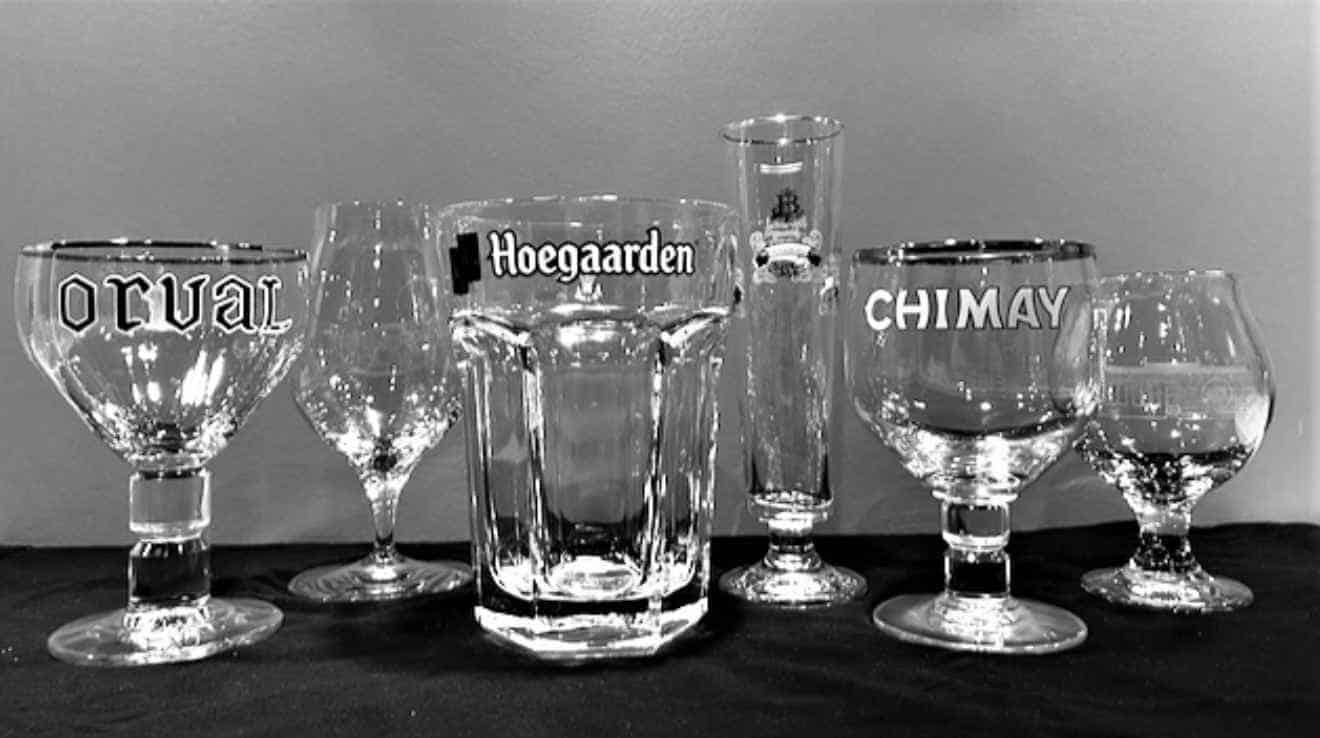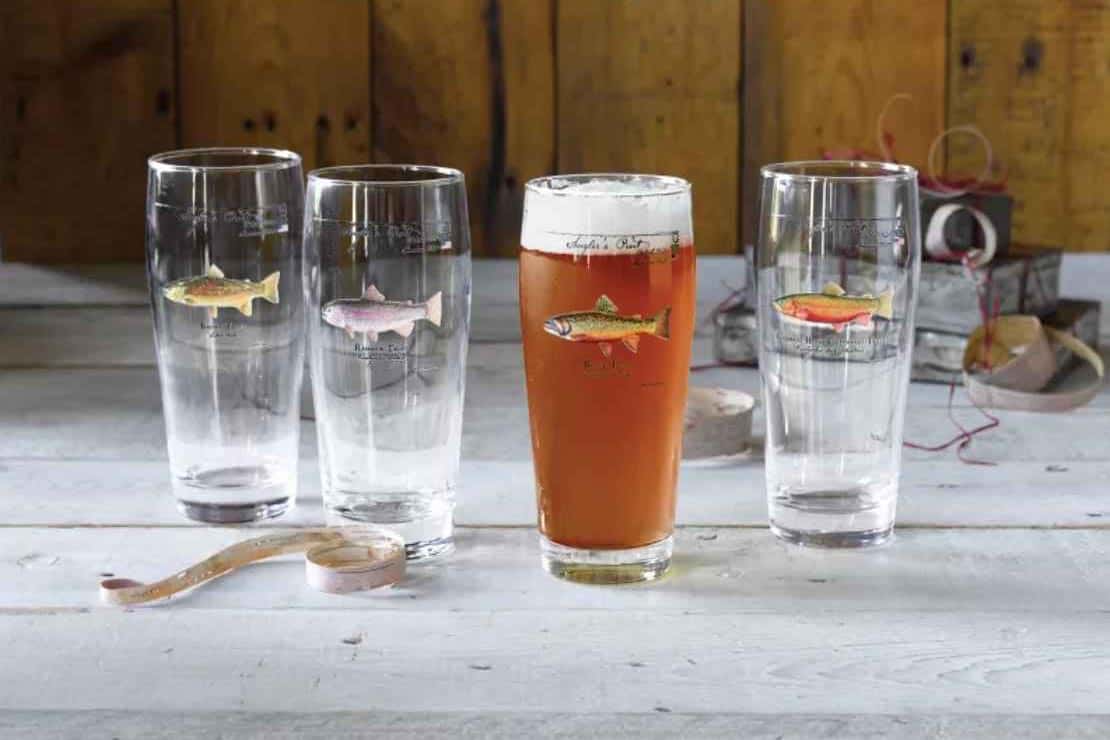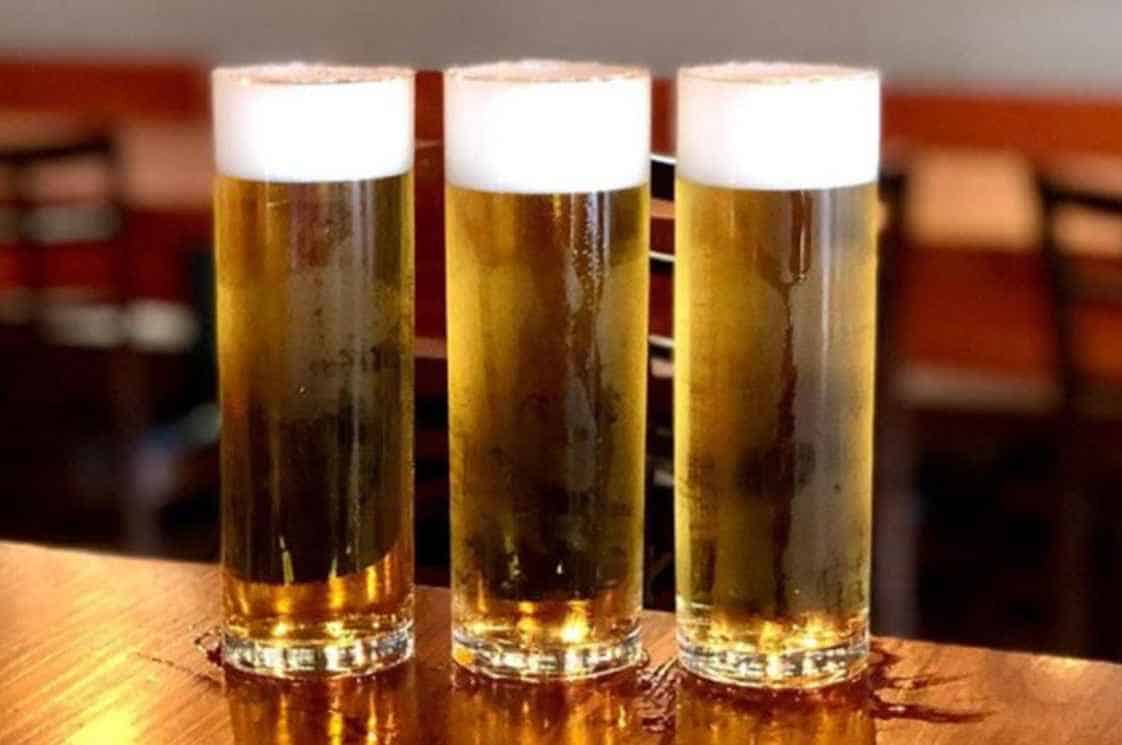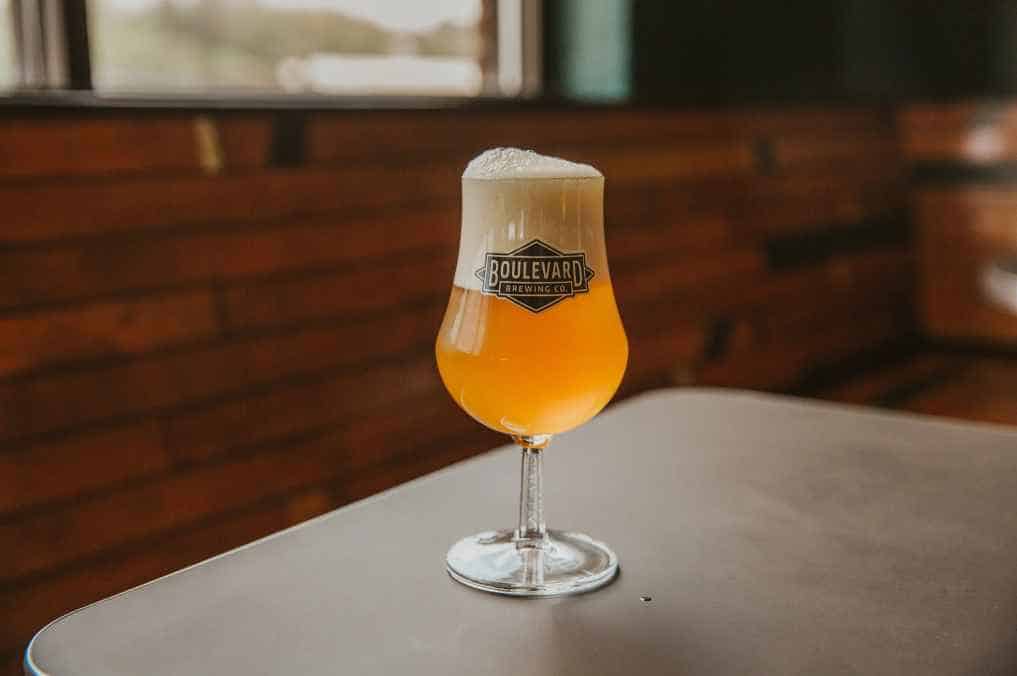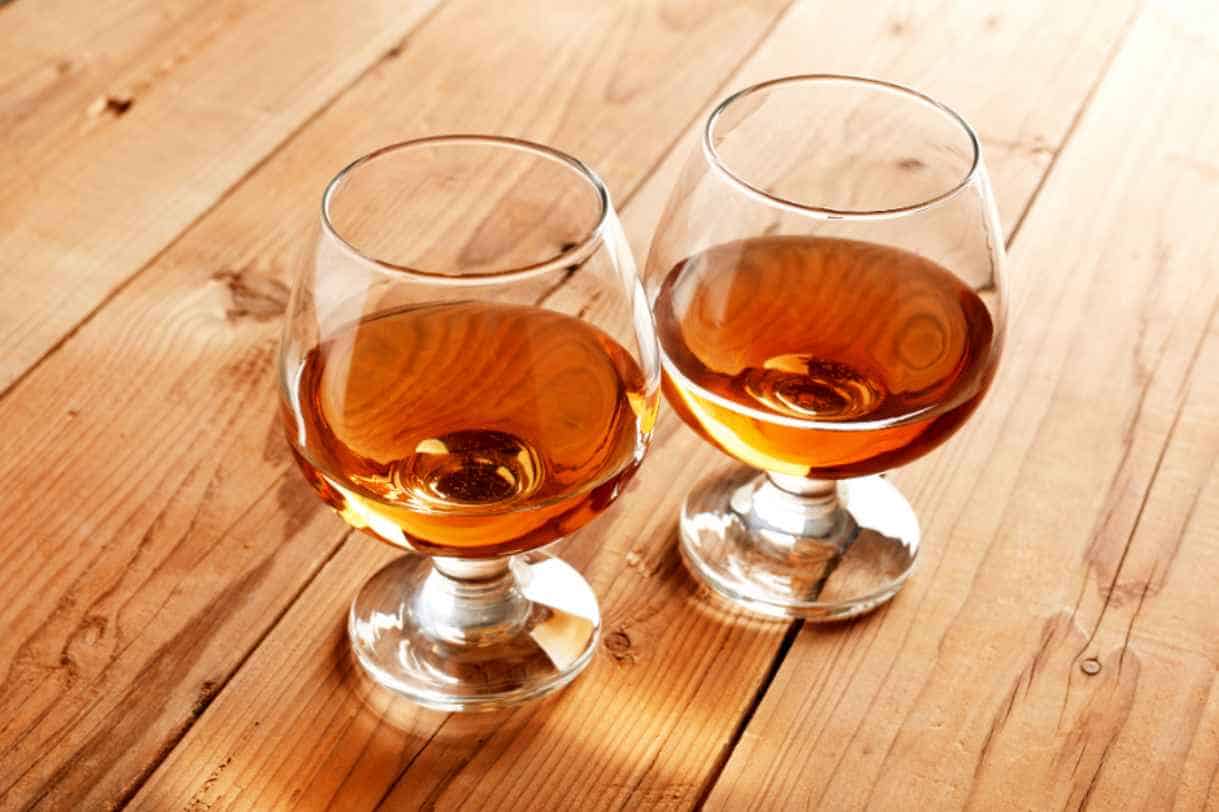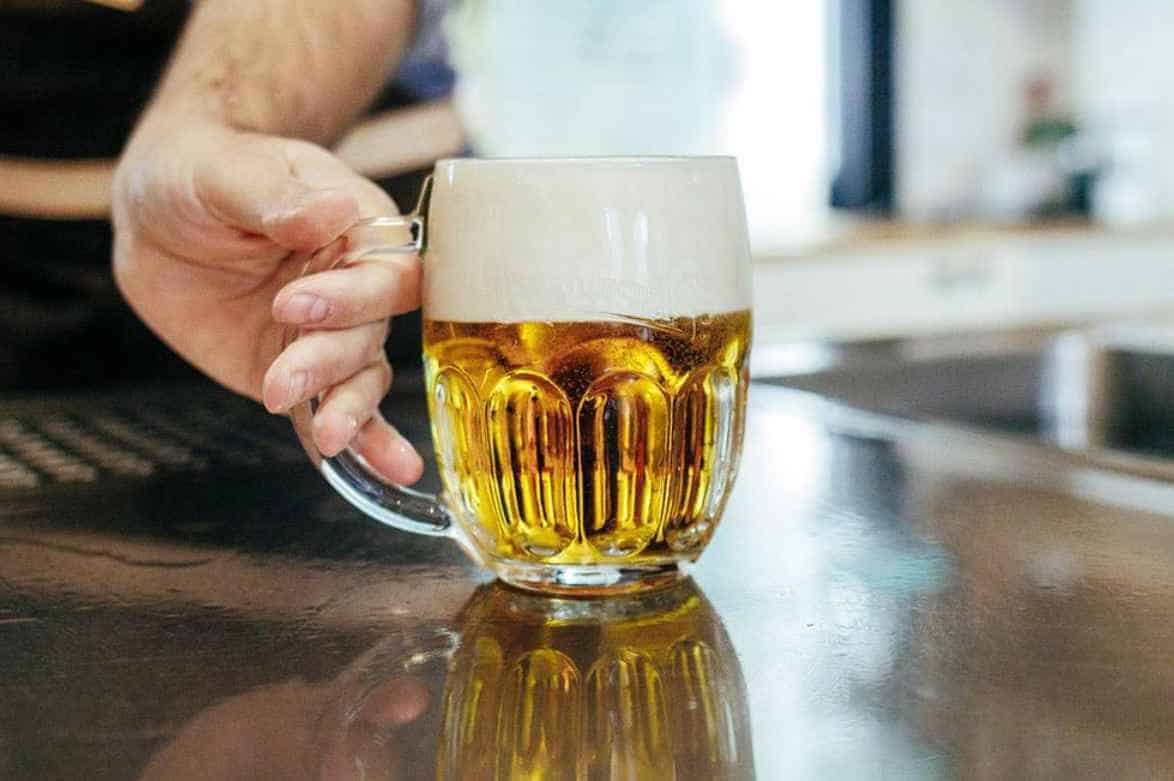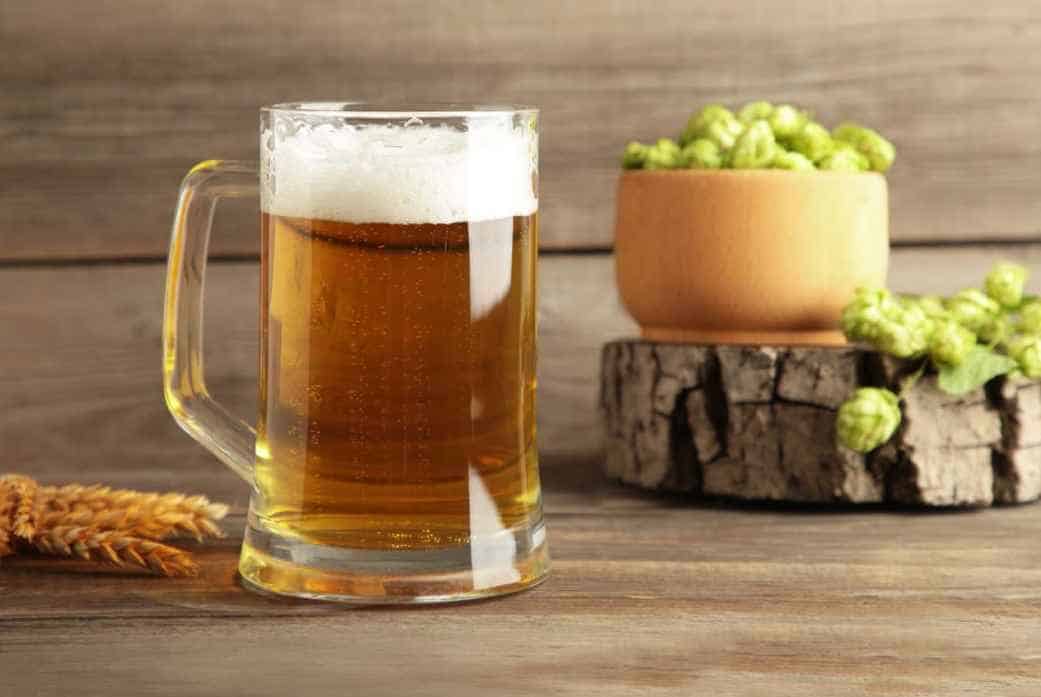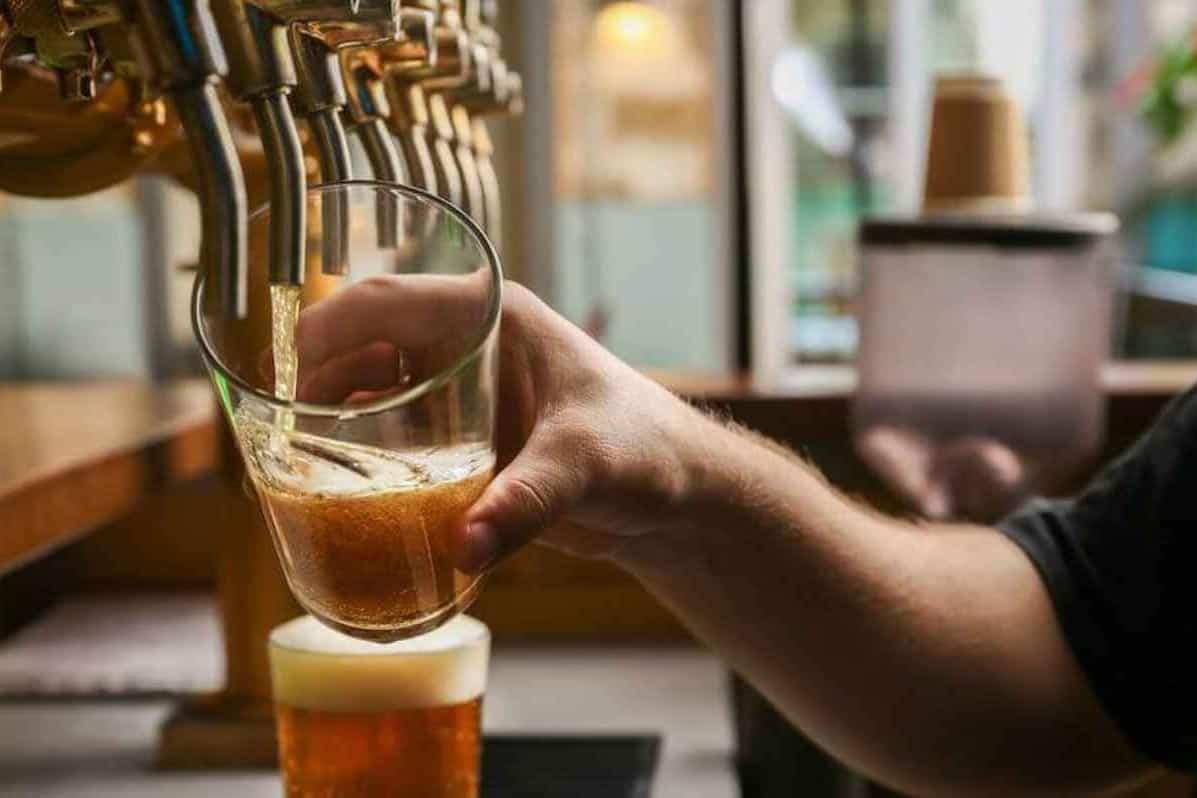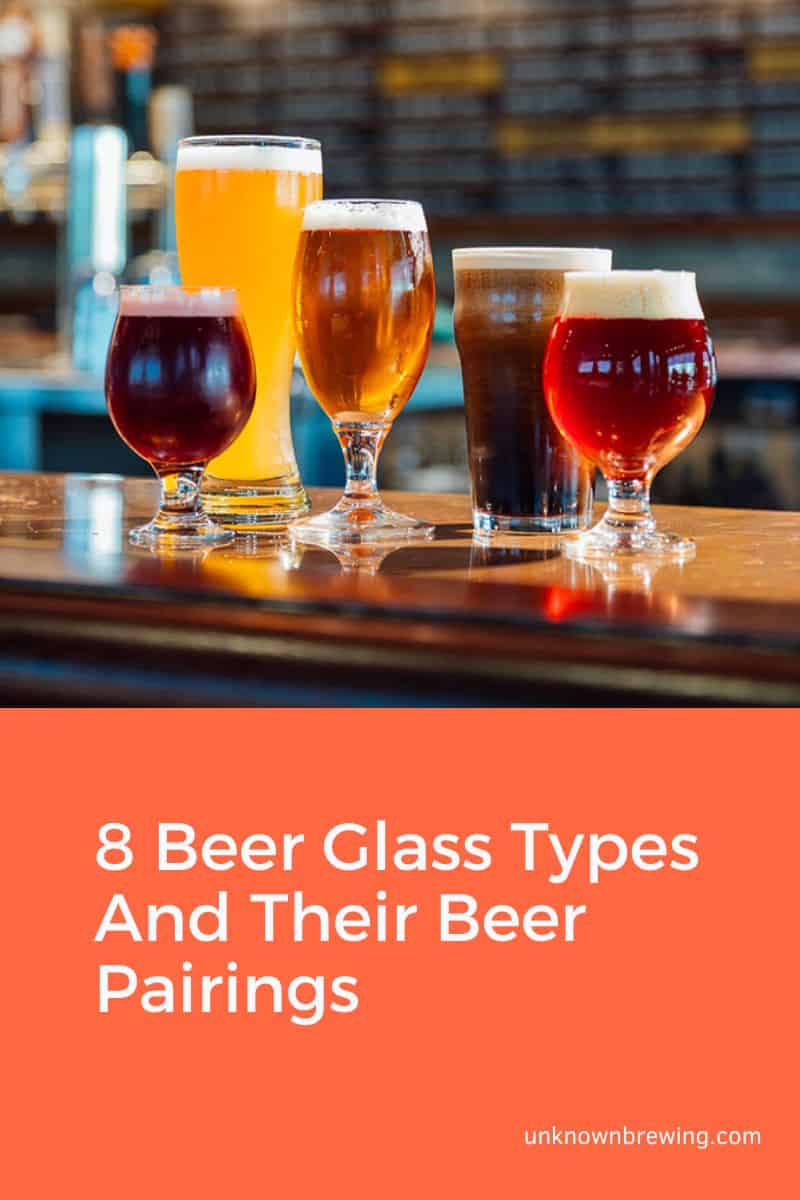Beer is undoubtedly one of the most in-demand beverages in the world.
With over a million barrels sold yearly, beers rightly deserve a special glass. But have you ever wondered if the beer glass used affects the taste, aroma, and feel of your drink? If you do, then keep on reading because we’ve got the answer to your question.
Does The Type of Beer Glass Matter?
Seeing, swirling, sniffing, sipping, and savoring — aside from the tongue twister — can take our beer-drinking experience to a new level. And would you believe that the type of beer glass can make your drink taste superior, especially for your olfactory sensation?
That’s right! The tulip glass and IPA beer glass are more than just aesthetic. Around 50 BCE, Phoenicians mastered the art of glassblowing, which expanded throughout Europe and the Mediterranean.
But it was only until the 20th century that they considered making glassware for beer an art form. Today, there are more than 20 types of beer glasses designed for specific beer styles.
Let’s talk about the beer glass shape first, shall we? Choosing the right glassware for your beer amplifies the aroma, flavors, and foam head consistency. Beer glass with a slim and narrow rim keeps the carbonation longer thus, helping retain the aroma and flavor of the beer.
Other beer glass shapes help explore different parts of your palate while you take a sip. That’s why most people experience an enhanced taste compared to the ones in the bottle.
Aside from its shape, the type of glassware also contributes to the beer temperature. Have you tried an overly cold beer? If you do, you know how much it affects the taste and feel of the beer.
It feels cheap, the flavors are masked, and the aroma is not inviting. Beers are refrigerated at 4 degrees Celsius, allowing some time to warm before being served. Stemmed beer glasses are preferred if you don’t want the warmth of your hand to change the beer temperature drastically.
Lastly, seeing your beer poured over a glass makes it more indulging. The color of the beer instantly tells you what to expect compared to peeking through the bottle hole.
Sprecher brewery said pouring your beer in a proper glass gives you a full sensory experience. And we agree with it! Imagine hearing the fizz, the aroma hitting your nose, and seeing the foamy head. So the next time you get a drink, choose a proper beer glass.
Elements of A Beer Glass
- Size: Beer glass size ranged from 4 to 23 oz. The size of the beer glass depends on the alcohol content. Small beer glasses contain strong beers and large beer glasses for light ones.
- Bowl: the bottom part of the beer glass collects the aroma. Convex bowls trap and concentrate the aroma. Concave ones condense the foam instead.
- Bulb: holds the high amount of foam of typical beer styles. It also encourages the concentration of aroma when lifted to the nose.
- Rim: part of the beer glass where the beer transition to your palate. It is best to have a chip-free glass to have a smooth drink.
- Flares: some glass beers have a flared rim to direct the beer toward the tongue.
8 Beer Glass Types And Their Beer Pairings
Now that you have an idea about the importance and the parts of a beer glass, let’s now talk about the varying types of beer glasses and their beer-style pairings.
Pint Glass (Shaker Pint/ Nonic Pint)
Pint glass, shaker pint specifically, is the most common beer glass in most bars because it is low-cost. Its shape is almost cylindrical that tapers down towards the bottom.
Shaker Pint is a 16-ounce American beer glass used as a martini shaker in the 90s. Nonic Pint, conversely, is a 20-ounce British glass beer that has a bulging bulb. The bulge prevents the glasses from touching when stored to avoid becoming nicked. Thus, the name Nonic Pint.
Here are some beer styles commonly paired with Tulip glass: American Pale Ale, English Brown Ale, Irish Dry Stout, Malt Liquor, and New England IPA.
Flute Glass
Flute glass is known for sparkling wines because of its elegant structure, but bars also use it for different beer styles.
The narrow and long body of a flute glass helps with carbonation. The stem, shorter than a champagne glass, can still contribute to the beer temperature. The glass shape also helps enhance the aroma of the beer.
Here are some beer styles commonly paired with Flute glass: Belgian Gueuze, Pilsner, Bière de Champagne, and Ice Cider.
Weizen Glass (Wheat Beer Glass)
Weizen glass, from the name itself, is used to serve Weizenbier. The beer glass originated from Germany; that features a narrow and tall body with a wide rim.
Weizen glass has a classy wall structure that highlights the golden beer color. It has a wide mouth that holds the thick head, releasing a flavorful aroma.
Here are beer styles commonly paired with Weizen glass: American Dark Wheat Ale, American Pale Wheat Ale, German Hefeweizen, Dunkleweizen, and Kristalweizen.
Stange Glass
In German, Stange means a long stick – which perfectly describes the shape of this beer glass. Stange glass or Stangen is tall, narrow, and cylinder-shaped; it can hold 100 to 200 ml of beer. Stange glass enhances the aroma of malt and hop while preserving carbonation.
Here are beer styles commonly paired with Stange glass: German Kolsch and Altbier.
Tulip Glass
Tulip glass is bell-shaped and has a stem, similar to a tulip flower. It has a concave bowl with a slight flare that helps support large fluffy heads. Are you planning to use a tulip glass? Add a sensory experience by swirling your beer through the short stem of the glass.
Here are some beer styles commonly paired with Tulip glass: American IPA, Black IPA, Lambic, Saison, and Witbier.
Snifter Glass
Snifter glasses are like tulip glasses except that it is more bulbous and does not have a flare. Although not commonly seen in bars, they are still heavily used when serving brandy and cognac.
Are you intrigued by the name “snifter”? According to the etymology dictionary, a snifter is a “drink of liquor” or “a sniff.” Knowing how aromatic these dark liquors are, the name is rightly fitting.
Here are some beer styles commonly paired with Snifter glass: English Old Ale, German Eisbock, Russian Imperial Stout, American Barleywine, and Wheatwine.
Pilsner Glass
Some mistake this as a Weizen glass because of the shape. However, unlike Weizen, Pilsner does not have any curvature.
A pilsner glass is tall, narrow, and tapered; it can hold 200 to 400 ml of beer and are smaller than a pint glass. The structure of a Pilsner glass helps maintain the carbonation and beer head.
Here are some beer styles commonly paired with Pilsner glass: American Lager, Imperial Pilsner, Munich Dankel, Indian Pale Lager, and Schwarzbier.
Beer Mug (Beer Stein)
The beer mug is unquestionably a classic beer glassware, especially during Oktoberfest or maybe even at your home. It features a large handle making it easier to clink the glass when you want to start a toast before drinking.
Beer mugs have a thick wall to maintain the beer temperature and to avoid breaking the glass after you clink it. Aside from this, it is easy to use and no obstruction comes your way when you want to chug the beer.
Meanwhile, a stein is a German beer mug made out of stoneware. The only difference with a regular beer mug is that it has pewter lids to avoid insects going into the beer.
Here are some beer styles commonly paired with a beer mug: Czech Lager, Festbier, Kellerbier, and Märzen.
How To Pour A Beer Into A Glass: The Right Way
The profile of a beer glass matters if you want to elevate your beer-tasting experience. But knowing which beer glass to use without knowing how to pour the beer, defeats the whole process.
But first, which one are you?
- I like my beer to have a thick and foamy head.
- I’d like to pour my beer slowly to avoid creating beer foam.
Do you have an answer?
If you answered B, then we’ve got some beer pour practicing to do. A thick and foamy beer head is a by-product of fermentation, bottling, and kegging. So when you pour a beer into a glass, it is natural that the bubble rises and creates a foamy head.
A foamy head means the carbonation is released allowing the beer to come purely. This is achieved by placing your glass at a 45-degree angle and then pouring the beer from above.
Once halfway filled, place the glass at a 90-degree angle, then pour the beer directly in the middle until it forms a foam. Note that there should be no foaming when it is positioned at a 45-degree angle.
Slowly pouring the beer will result to the contrary and only let out the carbonation once it is in your belly. Of course, we don’t want to experience having a stomach ache and a bloated belly.
We only want to feel refreshed and satisfied with our beverages. So grab a beer and practice how you pour it into a glass. Here’s a video you can watch to learn how to pour beer properly:
Take Away
There are numerous types of beer glasses available today. Knowing which beer glass to pair with your favorite beer style adds to your sensory experience. Do you have a favorite beer? Look through our pairings, maybe this could help you narrow the beer glass list on your cart.

As a homebrewer, Michael would get frustrated about the lack of brewing information on the internet. After hundreds of gallons of spoilt batches, Micheal had enough. And he founded Unknown Brewing as a resource for homebrewers.
